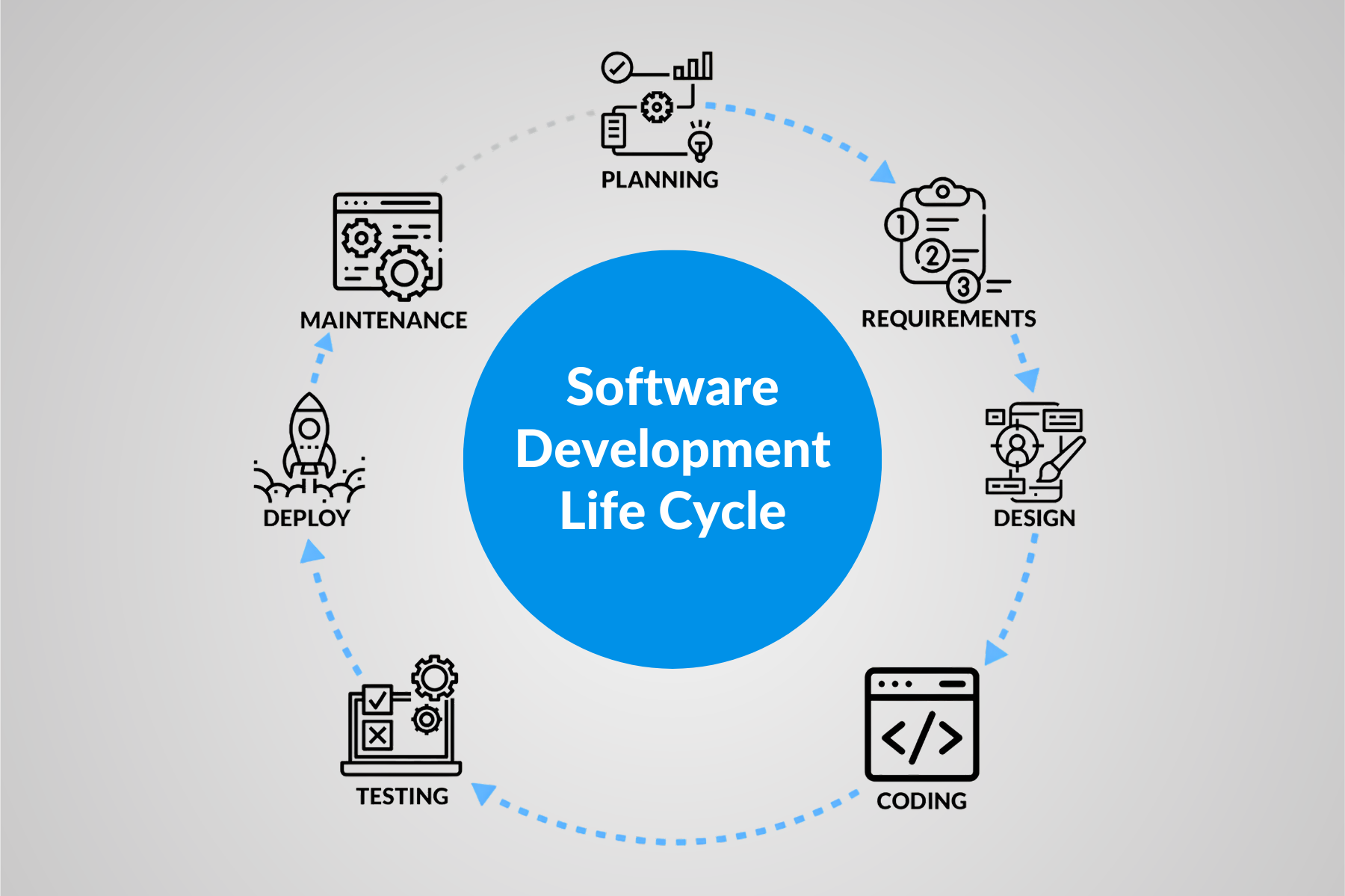Would Trolling About Manual Testing Really Work?

- February 28, 2017
- admin
The debate for effectiveness of manual testing and automation testing is now getting so old that no one wants to talk about it anymore. Yet there are professionals who manage to bring up the issue one way or the other, engaging testers and trolls alike to comment and show their expertise on the topic.
It is also notable, that the necessity to discuss topics such as manual testing is very important for the newcomers and people who wish to take up software testing as a career, but it is a bad attitude to term these practices as of lesser values, in actuality they are not, because no matter what we believe, the career starter for any software tester is manual testing under the venue of black box practices.
User Holds the Key here:
We need to grasp the reality that there are more users around the world than the developers and testers. So the balance of making a decision about what works right and what does not, hangs over to the users side and not to the people who build the software.
We must also understand that the easy accessibility of resources and technology to these users has evolved their efficiency to understand how application works with the passage of time. Since the applications are now available to “everyone”, it is of high probability that the mind frame of mere end users will work on the wavelengths to the thinking patterns of developers, testers, software architects and designers – with only a simple difference of access to software code and back end architecture. Why should it not be?
A Human Centered Approach:
Coming back to manual testing, what needs to be taken care of now is that how with all the backend architecture of application, software developers and testers can make sure that the touch points of their crafts would work as per users’ perceptions and that it is not just based on their own.
For this, manual testing is the key. Without this, it would be impossible to deliver applications with great user experience. Manual testing is something which reveals the actual working of the application in the hands of the users.
See these Tweets from Michael Bolton:
Heuristic: when you see “manual” in testing literature, replace it with “conscious” and see what happens to the meaning of what you see
Heuristic: when you see “manual” in testing literature, replace it with “human” and see what happens to the meaning of what you see.
Heuristic: when you see “manual” in testing literature, substitute “human-value-centered”, and see if the meaning of what you see changes.
We Started on the Wrong Foot:
What we have done in the past because of our limited amount of context and the perceptions we build around test automation, has actually disintegrated software testing into segments of lesser and more values, we approached this wrongly.
We need to refurbish our concepts and view manual testing as conscious bases human testing. The human psychology is a powerful gesture and is also a key factor when the user is engaged with an application experience. That experience does not look for the coding structures, complex logics, object calls, functions, data elements, and executable files, rather how application behaves, but we must also understand that it is the smart programming which makes this all happen, so for trolls, it is not a point of conflict, rather a mutual creative action for the users, please stop!
It’s not an End, it’s the Start:
Cutting back to the relation between test automation and manual testing, it is now a known fact that without the presence of a manual software test framework the test automation models cannot even shape their existence. The inputs from regression and functional test teams lay down the map of test automation, and test automation need to hook up to manual testing inputs. The scripts are mere representation of the hours and efforts inputted by the manual testers. This all works hand in hand, there is no argument here and even if there is then it is a void argument.
The way things are moving, the manual testing activity will enrich itself with context, physical dimensions, and more geography, more physical scaling, rather than it wither off with some meaningless argument on the internet.











